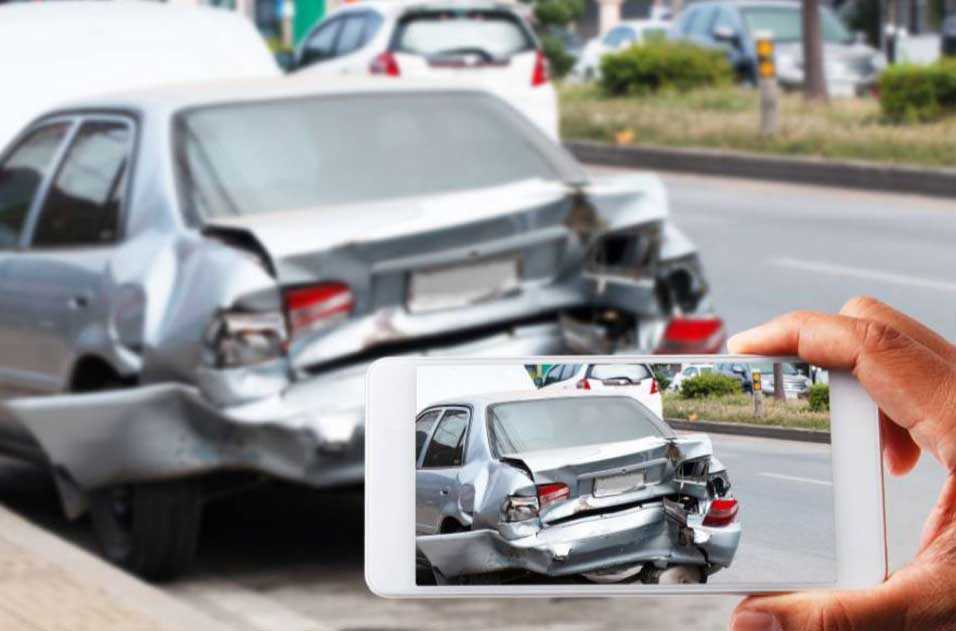Mon to Sun - 24/7 365
How Speed Limits Influence Traffic Accident Rates
Table of Contents
Toggle
Understanding the Impact of Speed Limits on Road Safety
Speed limits are crucial regulatory measures designed to control traffic flow and enhance road safety. They are carefully determined based on various factors including road conditions, traffic density, and urban planning insights. Speed limits aim to minimize accidents and improve the survivability of crashes when they do occur. Understanding the correlation between speed limits and accident rates is essential for both drivers and policymakers.
The Importance of Speed Limits
Speeding remains one of the leading causes of traffic accidents worldwide. Implementing appropriate speed limits can significantly reduce these risks by controlling the maximum speed vehicles can travel, which directly impacts the driver’s ability to maintain control and respond to road emergencies. Furthermore, speed limits are often adjusted to reflect the specific needs of each roadway, considering factors such as the presence of schools, parks, and residential areas.
How Speed Limits Enhance Road Safety
Reduction in Collision Severity
Lower speeds reduce the kinetic energy involved in crashes, which significantly decreases the severity of injuries and property damage. This principle is particularly important in areas frequented by vulnerable road users like pedestrians and cyclists.
Increased Reaction Times
At lower speeds, drivers have more time to respond to unexpected situations, such as sudden stops, pedestrian crossings, or emergency maneuvers by other vehicles. This increased reaction time can be the difference between a near-miss and a fatal accident.
Decrease in Stopping Distances
The stopping distance of a vehicle includes both the distance traveled during the driver’s reaction time and the distance it takes for the vehicle to come to a complete stop after the brakes are applied. Speed limits reduce these distances, making roads safer for everyone.



